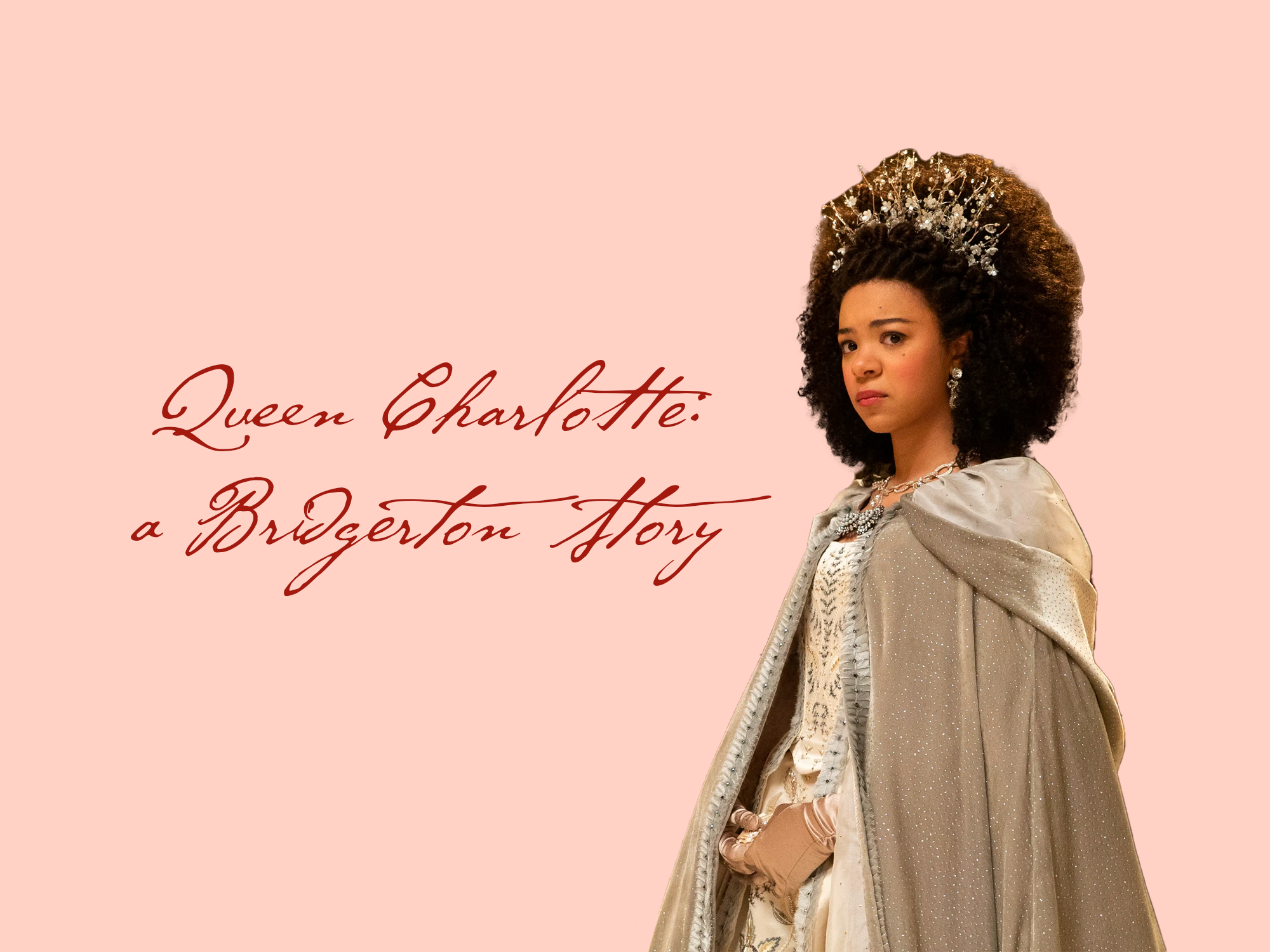Dearest gentle reader,
Gather close, for The Cardinal Chronicler has come to grace your presence with the most intriguing tidings. I shall tell you about the vibrant world of “Queen Charlotte: A Bridgerton Story,” a captivating tale that has sparked a fervor among the noble circles of London.
The highly anticipated Bridgerton prequel, “Queen Charlotte: A Bridgerton Story” was released on May 4. It follows the story of young Queen Charlotte and her journey through the predicaments of marriage and rulership.
The key conflict of the narrative builds as King George’s mental illness creates deep tensions between the queen and her husband. The show references the real life of Queen Charlotte, who married King George lll in London in 1761. The historic couple did well in their first 25 years of marriage until the King became mentally ill and was unable to perform royal duties. He has since been deemed “The Mad King.”
In “Bridgerton,” George’s condition resembles bipolar disorder, triggered by the stressful burden of royalty. His personality shifts from “farmer George” (his normal self) to “heavens George” (someone who believes he is controlled by the galaxy) when he becomes anxious.
His illness in the show is “treated” with torture by the royal doctor. The show thoughtfully depicts the silent battles fought by those grappling with mental illnesses. The episodes do an excellent job of highlighting the lack of resources for his condition at a time when such issues were stigmatized and poorly understood.
The King’s mental health issues also force the queen to bear the weight of the crown. In true “Bridgerton” fashion, the narrative arc shows the female protagonist overcoming her insecurities to become a fearlessly independent individual. I believe the strong feminine figures in the show (particularly Queen Charlotte and Lady Danbury) are what make “Queen Charlotte” a truly powerful show.
The fact that the queen’s side of the family is played by people of color helps integrate diversity into a historical period marked by colonial racism and power struggles. The “Bridgerton” franchise allows viewers to envision a past where people of color were instead elevated in society, given land and titles. I agree with the Bridgerton showrunner Chris Van Dusen’s statement that “What the show does is marry history and fantasy in a fascinating way.”
One thing, however, that vexes me about the Bridgerton” shows is the number of unnecessary sex scenes that are written in. Some of these scenes are inherently problematic but never addressed, and the others add little to no value and take up valuable plot development space.
There are several scenes where Lady Danbury — the queen’s friend and a powerful woman figure in the film — is subject to marital rape, but the fact Lady Danbury is experiencing this is not taken seriously, shown in an almost comical manner.
Shonda Rhimes often leans on clichéd stereotypes that depict dark-skinned Black women as strong and intelligent, but ultimately unloved. She is an excellent screenwriter, but this is simply unacceptable.
Another part where I feel like the show falls short is the number of plot holes that are left unresolved. I am still left with so many questions. What happens to Brimsley? Is he left alone forever or does he find someone? What becomes of Lady Danbury’s affair with Lord Ledger? Does Violet Bridgerton find anyone to appease her “garden”? Does Agatha ever tell Violet that her first love was Violet’s father? It seems like the only loose end that is resolved is the queen’s marriage.
Some of the best parts of the show lie in the production quality, costume design with attention to historical accuracy and excellent chemistry between lead characters Charlotte (played by India Amarteifio) and George (played by Corey Mylchreest).
I could keep going forever. There is just so much to unpack but ultimately, despite room for plot development and many unaddressed issues, the prequel is a memorable tale that illuminates the origins of the beloved Bridgerton family and unveils the lives of a different generation. It gives the audience what they want: a tale wherein the powers of affection and devotion reign supreme, transcending societal constraints and a true love story.
I must admit, it was the most enchanting narrative.
Yours sincerely,
The Cardinal Chronicler
Editor’s Note: This article is a review and includes subjective thoughts, opinions, and critiques.
